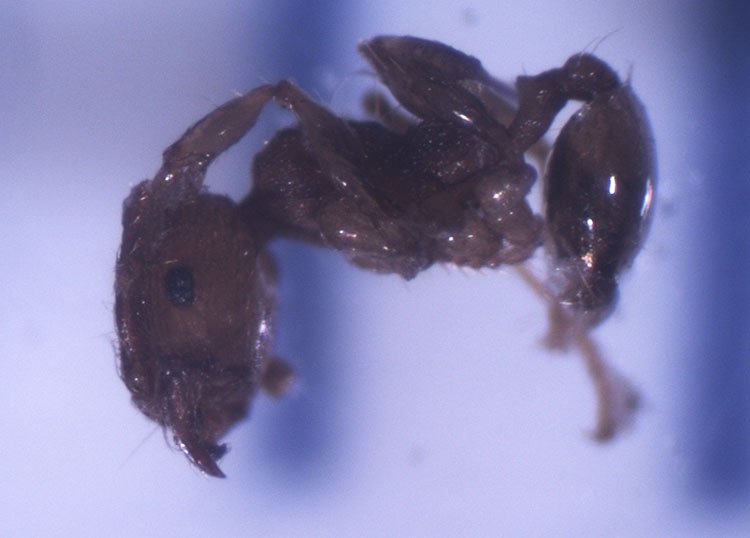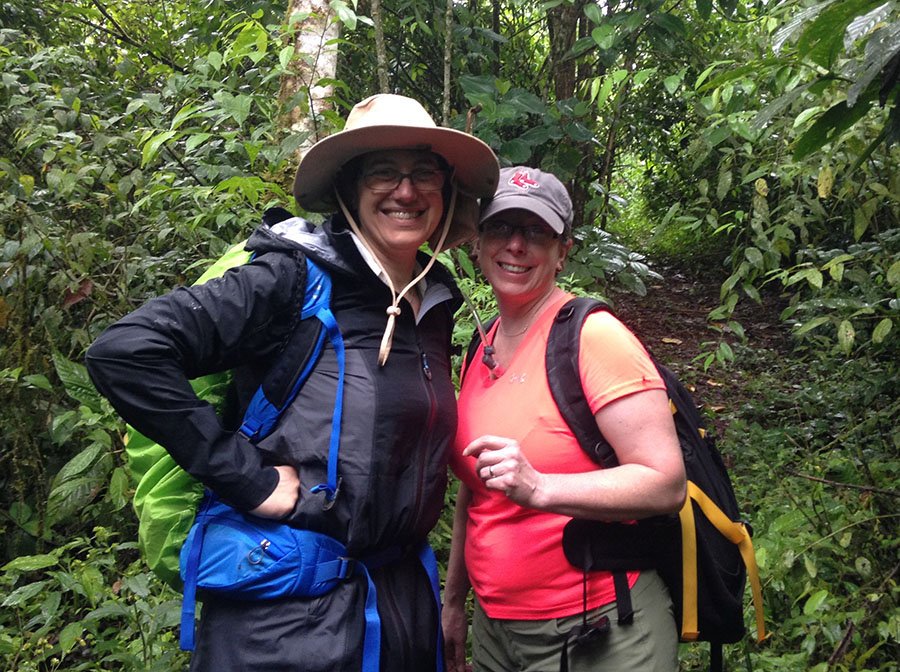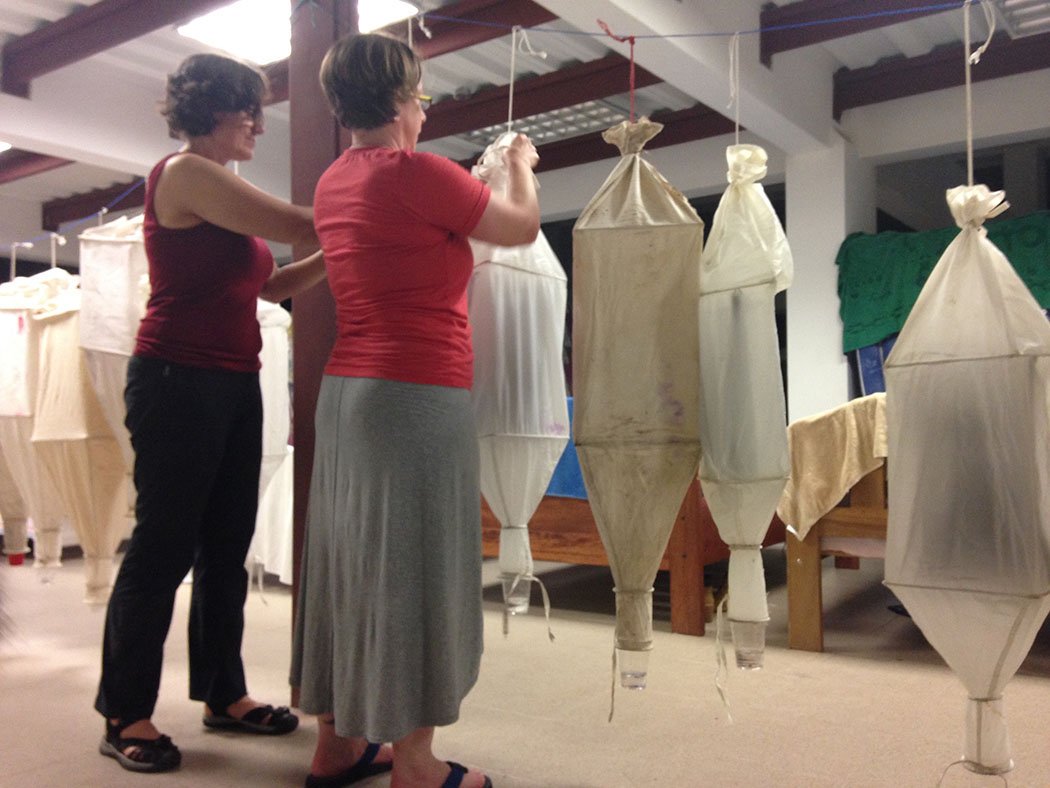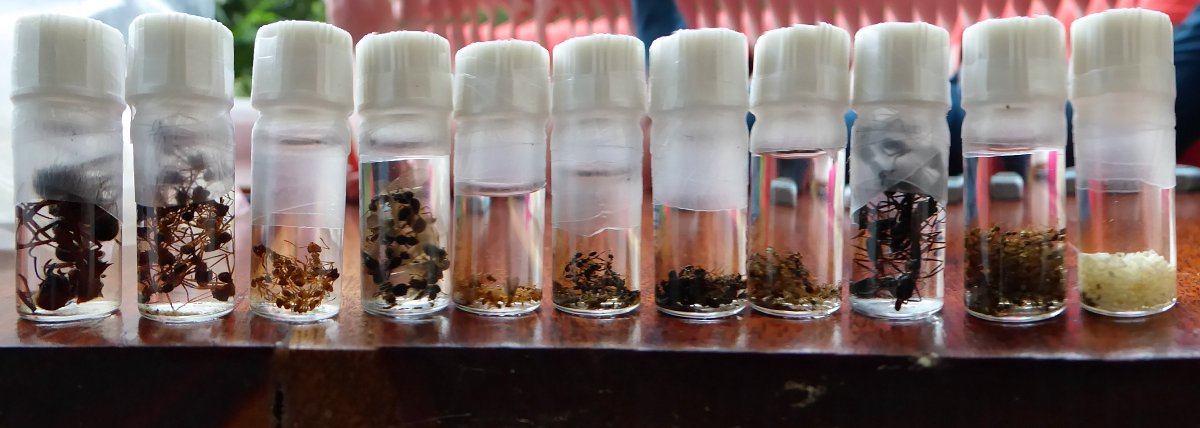Super proud of this paper with @DA_Don_Oso and @arcasapos: Land use impacts poison frog chemical defenses through changes in leaf litter ant communities http://disq.us/t/3hwhwtu
https://disq.us/t/3hwhwtu... href="https://twtext.com//hashtag/NSFfunded"> #NSFfunded
1/8
1/8
We found that poison frogs in forest and pasture habitats differ in their chemical defenses, where forest frogs eat more ants and have more of some alkaloids than frogs in reclaimed cattle pasture.
2/8
2/8
Now here is my favorite part - the diet analysis in this manuscript was performed by 65 high school students in the Boston, MA area. @evakfischer @NoraMoskowitz and I packed the centrifuges in our cars and drove to these high schools for several weeks
3/8
3/8
The students participated in genuine science - they photographed the arthropods, measured them, extracted genomic DNA, and performed CO1 barcoding. At the end, they concluded the frog diet differs between habitats. They ended with several hypotheses as to why this happens.
4/8
4/8
Enter in our @NSF_BIO #ResearchExperienceforTeachers supplement. High school teachers Barbara Dorritie and @tammy_fay12 spent their Spring Break with us in Ecuador collecting leaf litter samples to test their students& #39; hypotheses.
5/8
5/8
They sampled leaf litter in both forest and pasture habitats using winkler traps and found that the ant community diversity differs between habitats - meaning the frogs eat from different menus.
6/8
6/8
To link back ant diversity to differences in frog chemical defenses across habitats, we collected many different ant species for alkaloid chemical analysis and found that ant chemistry predicted some alkaloid abundance patterns in frogs.
7/8
7/8
Finally, I want to thank @NSF_BIO for investing in #ResearchExperienceforTeachers that paid for the teachers& #39; field work expenses and science equipment for these public school classrooms, which they are still using today.
8/8
8/8

 Read on Twitter
Read on Twitter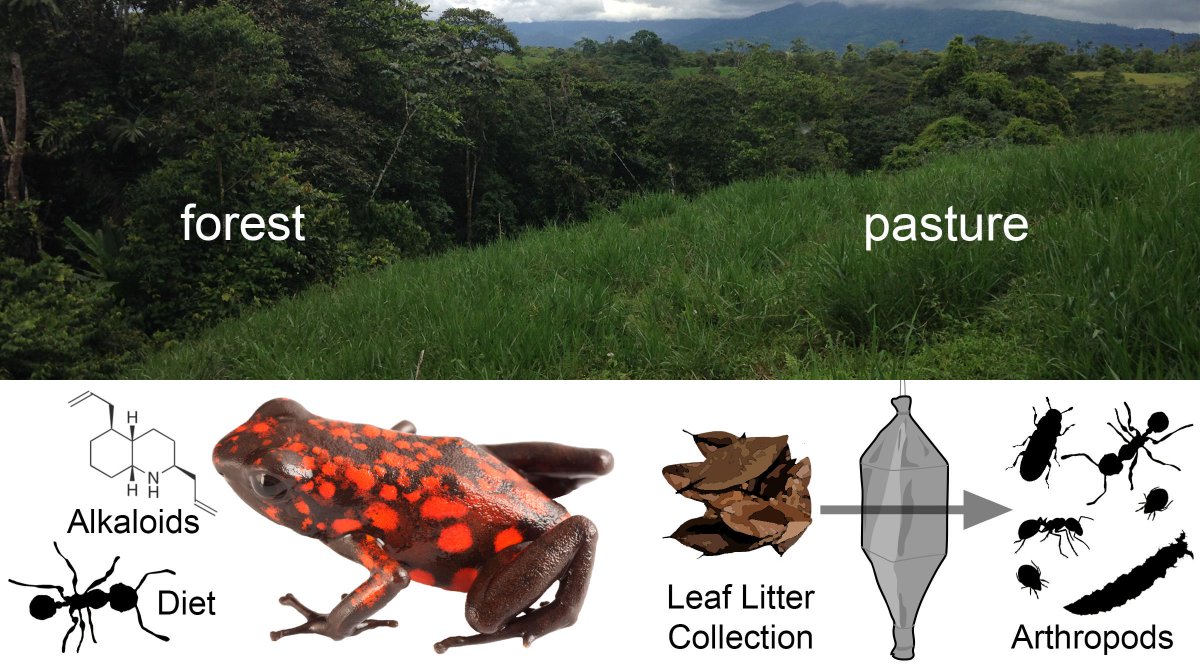 #NSFfunded1/8" title="Super proud of this paper with @DA_Don_Oso and @arcasapos: Land use impacts poison frog chemical defenses through changes in leaf litter ant communities https://disq.us/t/3hwhwtu... href="https://twtext.com//hashtag/NSFfunded"> #NSFfunded1/8" class="img-responsive" style="max-width:100%;"/>
#NSFfunded1/8" title="Super proud of this paper with @DA_Don_Oso and @arcasapos: Land use impacts poison frog chemical defenses through changes in leaf litter ant communities https://disq.us/t/3hwhwtu... href="https://twtext.com//hashtag/NSFfunded"> #NSFfunded1/8" class="img-responsive" style="max-width:100%;"/>

